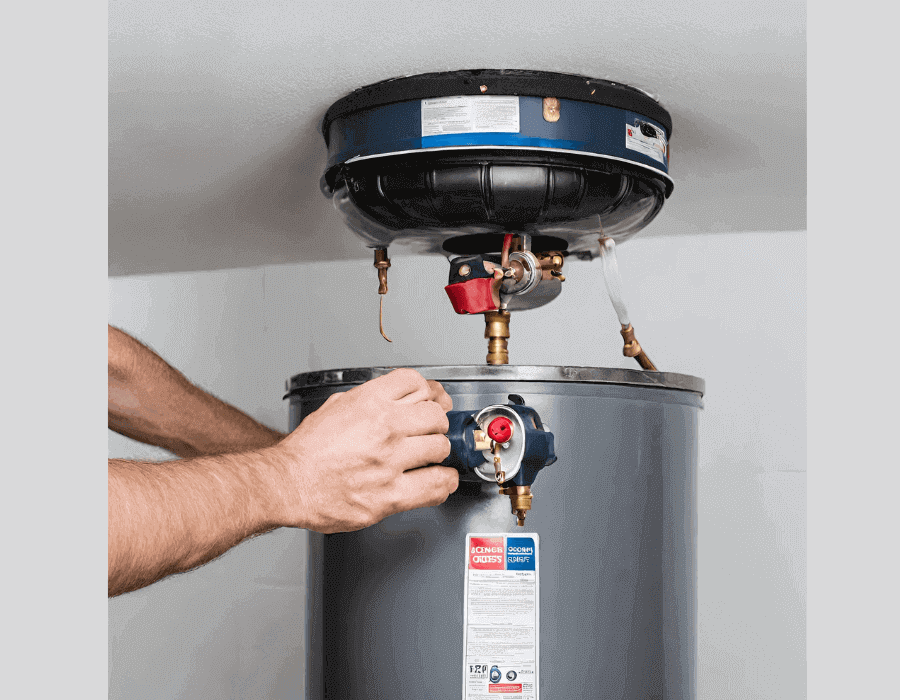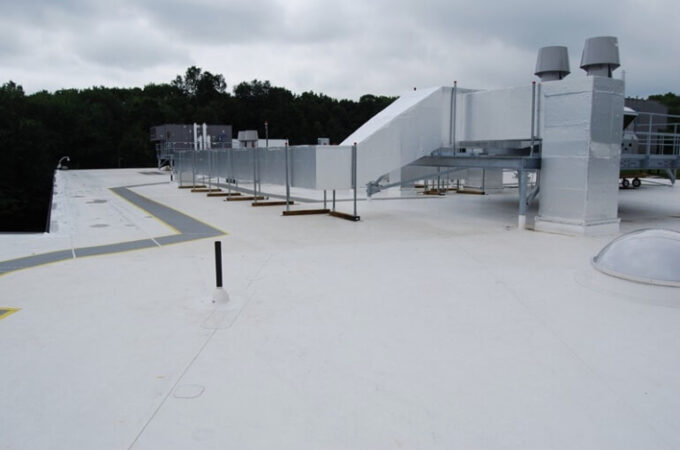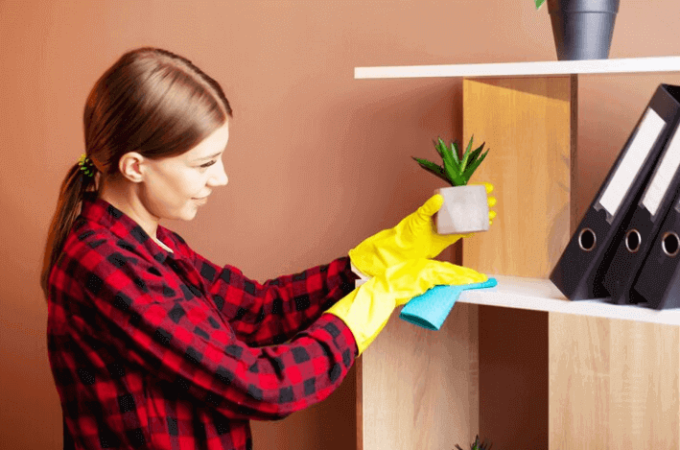
Top 10 Causes of Water Heater Leaking from Top – Solutions!
Is your morning shower interrupted by a puddle of water beneath your water heater? Are you tired of worrying about potential water damage? Worry not; you’re certainly not the only one facing this particular situation. Water heaters can occasionally develop issues, and one of the most common problems homeowners face is a water heater leaking from the top. In this comprehensive guide, we’ll delve into the top 10 causes of this issue and provide practical solutions to keep your home dry and your water heater trouble-free.
1. Pressure Relief Valve Problems
One of the primary culprits behind a water heater leaking from the top is a malfunctioning pressure relief valve. This valve is designed to release excess pressure to prevent your water heater from exploding. However, if it fails to close properly after relieving pressure, it can lead to water leaking from the top.
Solution: Replace the faulty pressure relief valve. This is a relatively simple DIY task. Ensure you turn off the power and water supply before replacing it.
2. Loose or Damaged Pipes
Over time, the pipes connected to your water heater can become loose or develop cracks, causing leaks. Check the connections and inspect the pipes for any signs of damage.
Solution: Tighten loose connections and replace any damaged pipes. A wrench and some plumber’s tape can often do the trick.
3. Excessive Pressure in the Tank
High water pressure can put a strain on your water heater, leading to leaks from the top. This is a common issue in areas with unusually high water pressure.
Solution: Install a pressure regulator to maintain safe water pressure levels. This relatively low-cost device can save you from future leaks and water heater damage.
4. Corrosion and Rust
Corrosion can eat away at the top of your water heater, creating weak spots where leaks can occur. This is especially true if your water heater is ageing.
Solution: Regularly inspect your water heater for signs of corrosion and rust. If you notice any, it might be time for a replacement. In the meantime, consider adding a corrosion-resistant anode rod to extend the life of your heater.
5. Temperature and Pressure Relief (TPR) Valve Issues
The TPR valve is responsible for releasing excess temperature and pressure from the tank. If it’s malfunctioning, it can lead to a water heater leaking from the top.
Solution: Test the TPR valve by opening and closing it a few times. If it still leaks after testing, replace it. It’s crucial to follow manufacturer guidelines for TPR valve maintenance.
6. Faulty Expansion Tank
An expansion tank is used in many water heater systems to accommodate thermal expansion. If this tank becomes faulty or damaged, it can result in water leaking from the top of the water heater.
Solution: Inspect the expansion tank and replace it if necessary. It’s essential to maintain proper pressure in the tank to prevent leaks.
7. Cracked Tank Liner
The inner lining of a water heater tank can crack due to age or manufacturing defects. These cracks may not be immediately visible but can lead to leaks over time.
Solution: Unfortunately, a cracked tank liner typically requires replacing the entire water heater. Regular inspections can help detect this issue early.
8. Sediment Buildup on the Heating Element
Sediment can accumulate on the heating element at the bottom of the tank, causing overheating and eventual leaks.
Solution: Regularly flush your water heater to remove sediment buildup and prevent damage to the heating element.
9. Faulty Thermostat
A malfunctioning thermostat can lead to the water heater overheating and putting excessive pressure on the tank, potentially causing leaks.
Solution: Replace the faulty thermostat to maintain proper temperature control and prevent leaks.
10. High Mineral Content in Water
In areas with hard water, a buildup of minerals can occur within the tank, causing corrosion and leaks over time.
Solution: Consider installing a water softener to reduce the mineral content in your water and extend the life of your water heater.
Preventive Measures
While knowing the causes and solutions to a water heater leaking from the top is vital, it’s equally important to take preventive measures to avoid future issues. Here are some tips:
- Regular Maintenance: Schedule annual inspections by a professional plumber to catch and address problems early.
- Drain Sediment: Over time, sediment can accumulate in your water heater, leading to various issues. Periodically drain and flush your tank to prevent sediment buildup.
- Replace Anode Rod: As mentioned earlier, an anode rod helps prevent corrosion. Replace it when it’s deteriorated to keep your heater in top shape.
- Adjust Temperature: Lowering your water heater’s temperature can reduce pressure and extend its lifespan.
In conclusion, a water heater leaking from the top can be a nuisance, but with the right knowledge and preventive measures, you can keep it at bay. Remember that safety should always come first, so if you’re unsure about any of the solutions or need assistance, don’t hesitate to call a professional plumber. By following these guidelines, you can ensure a long, trouble-free life for your water heater and peace of mind for your home.





